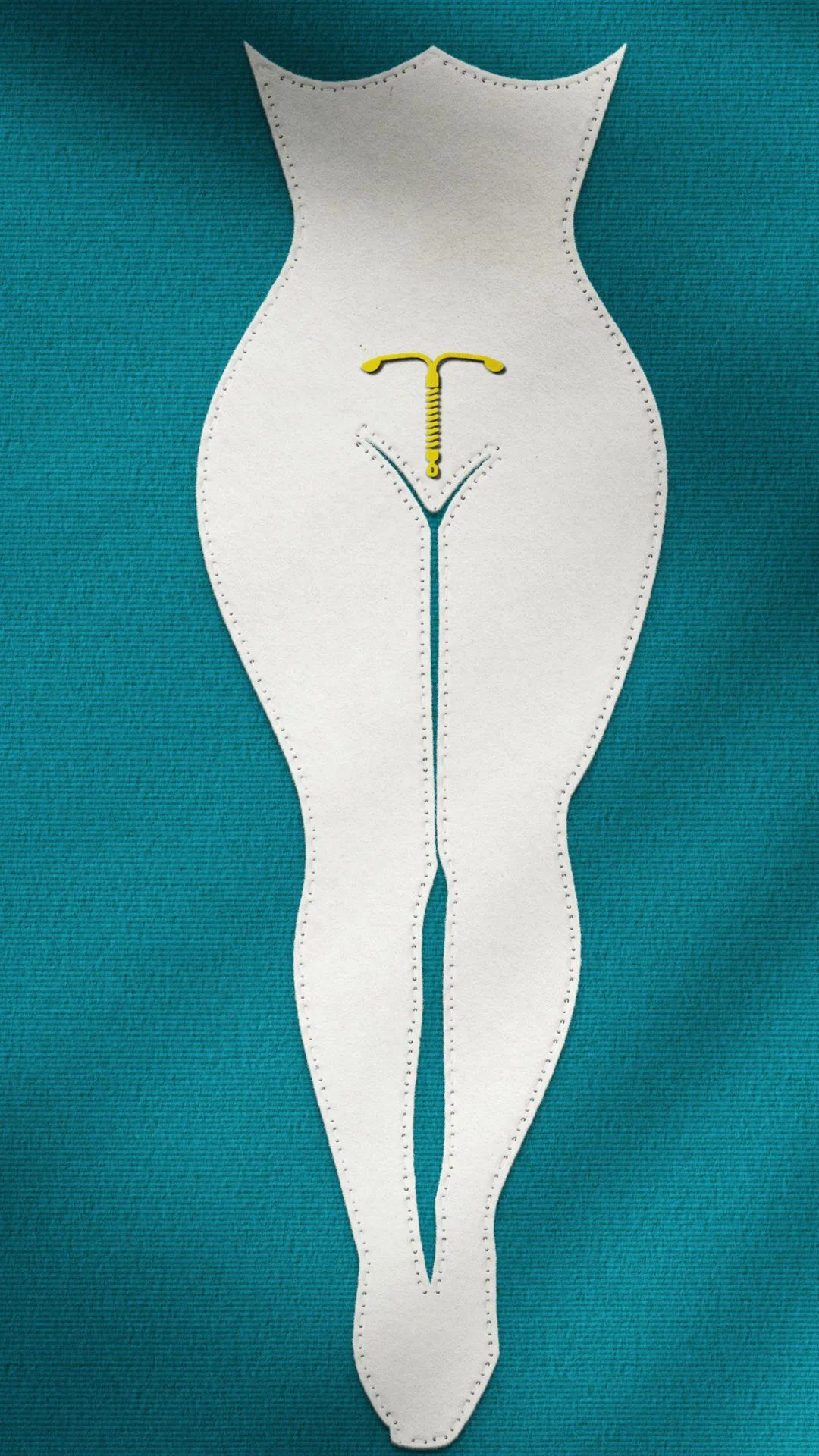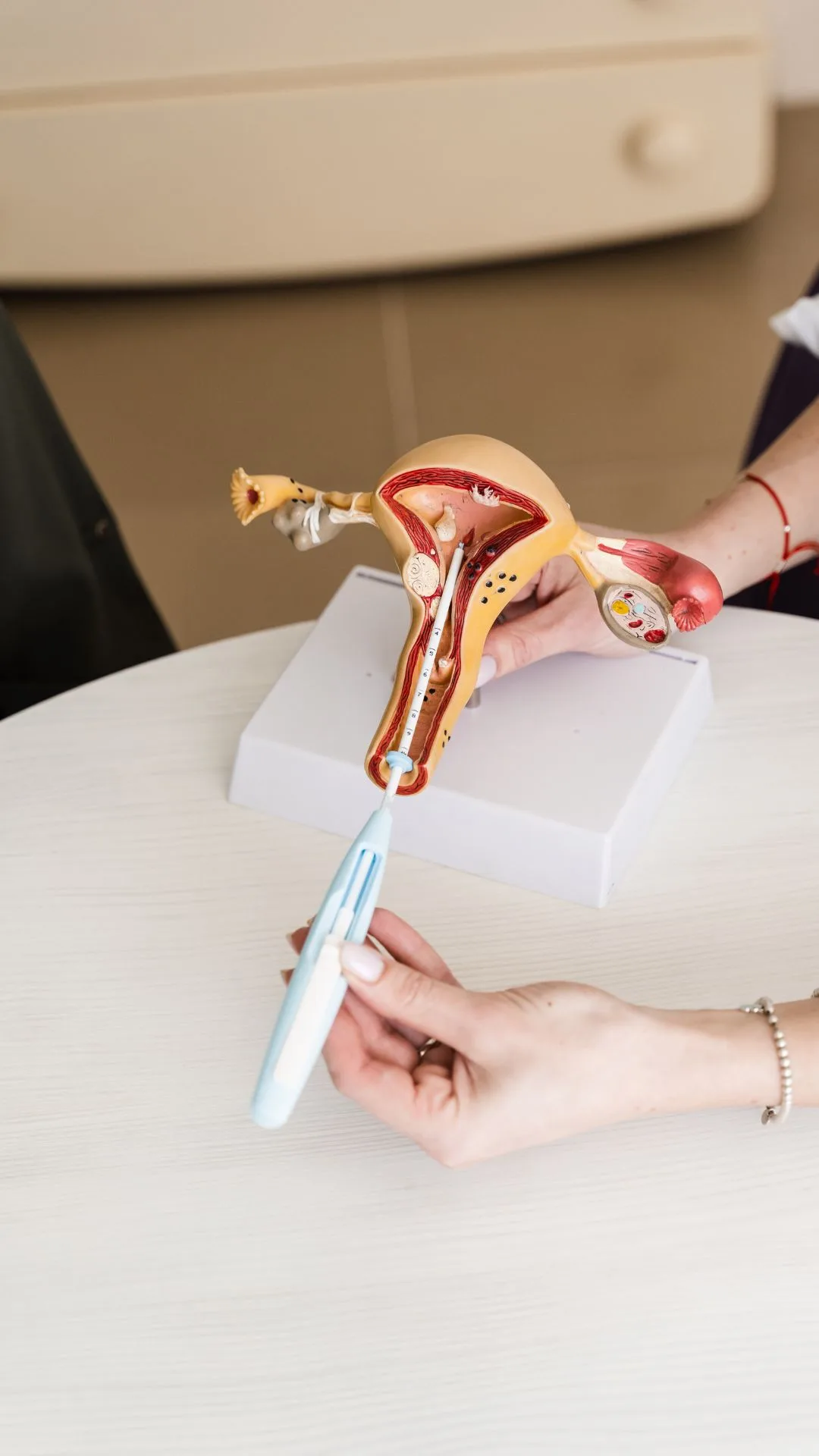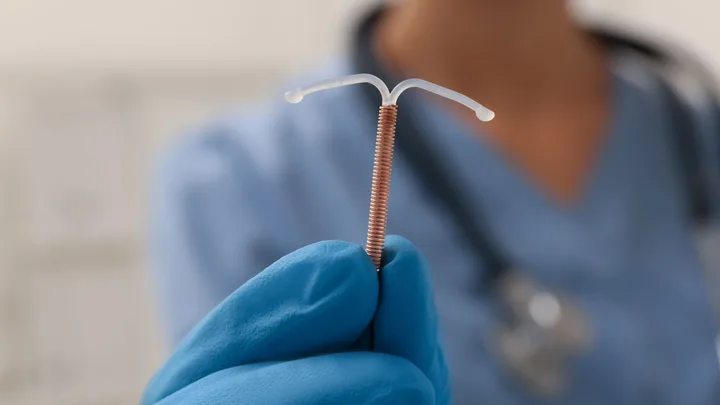The IUD (intrauterine device) is one of the most popular popular methods of birth control in Australia but many women report extreme pain when getting the device inserted.
This pain has finally been acknowledged in a new set of recommendations from the U.S. Centers for Disease Control and Prevention, which have provided clinicians with guidelines on how to better manage the pain during an IUD insertion.

For the first time, the guidelines recommend the use of local anaesthetic agent, Lidocaine, for the “reducing patient pain” when injected locally or applied topically as a numbing gel, spray or cream.
In a 2019 survey of 1000 family planning providers in the US, it was found that less than 5% reported using a lidocaine injected, instead relying on ibuprofen, which research has shown does not help insertion pain.
In December 2023, Melbourne’s Frankston Hospital became the first hospital in the Australia to offer women Penthrox (also known as the green whistle ) during IUD procedures.
The fact that the pain of getting an IUD can be so extreme that patients require something that is most commonly used in ambulance emergencies should be enough to change the way women’s pain is managed during procedures all over the country.
In what is the first update to the guidelines since 2016, the CDC now recommends doctors inform every patient about the potential pain they might experience, as well as personalising the IUD placement and pain management plans for each individual patient.
This change is particularly important for the many women who claim that they were not appropriately informed about the pain they experienced when getting the IUD inserted.
Most recently, women have been taking to social media to share their experiences of “excruciating” and “worse than childbirth” pain that they were not prepared for.
In many cases, women claim that clinicians simply tell them to “pop a couple of Panadol’s” before the procedure.
This is of course, not an uncommon experience for women in the healthcare system, with a recent report from Nurofen finding that a third of women feel that their pain has either been ignored or dismissed because their GP didn’t take their pain seriously.

The hope is that the recommendations will trickly down into Australian hospitals and clinics, leading to better pain management for Australian women as well.
 Getty
Getty









